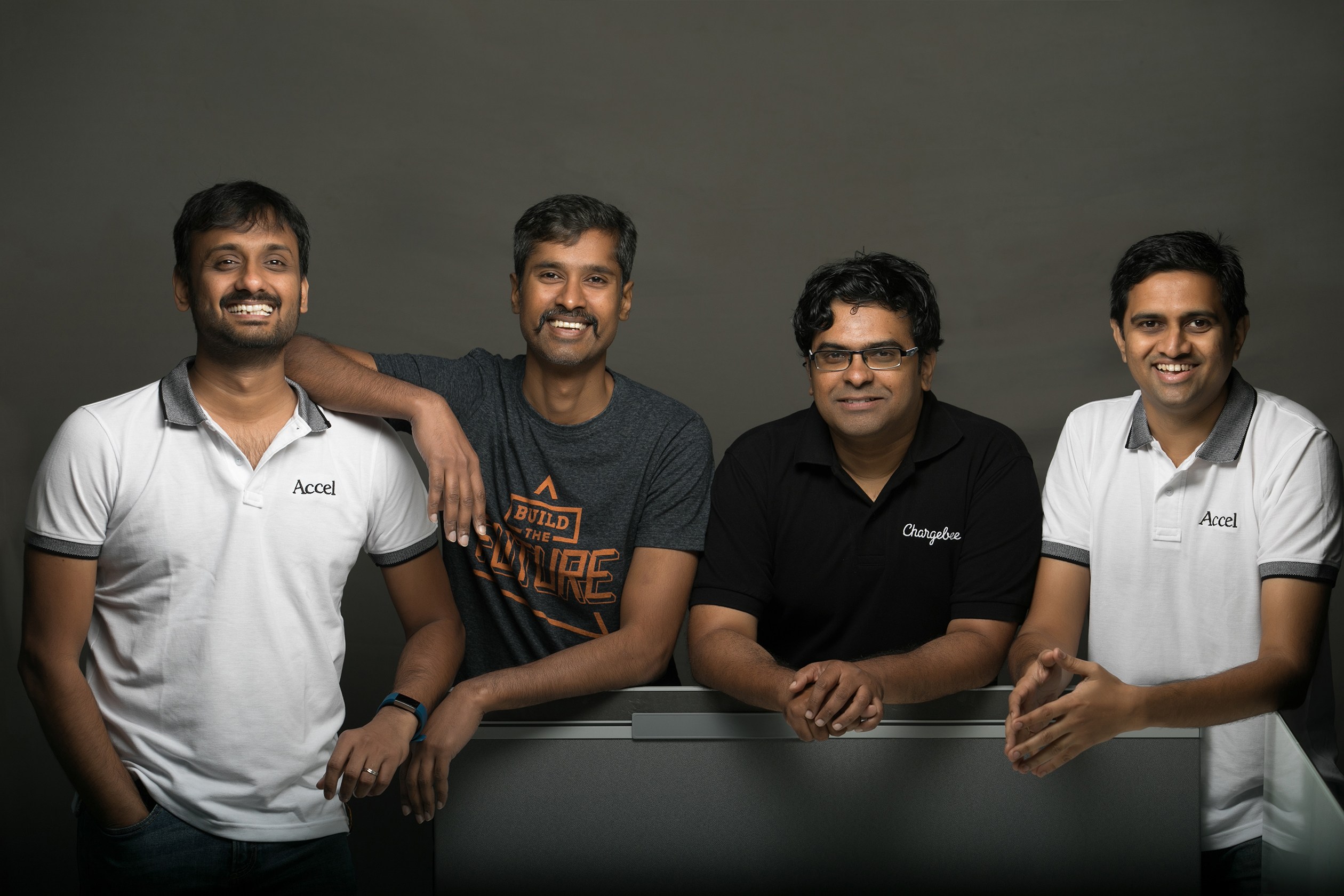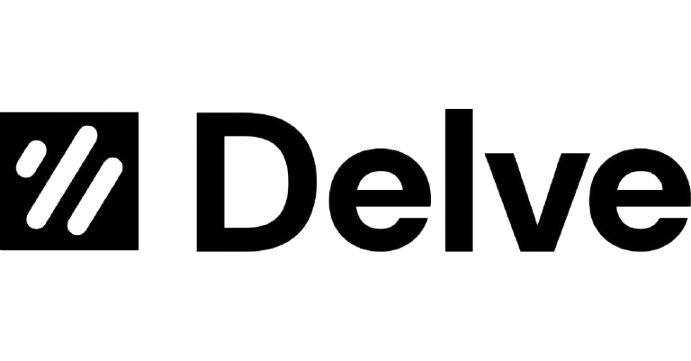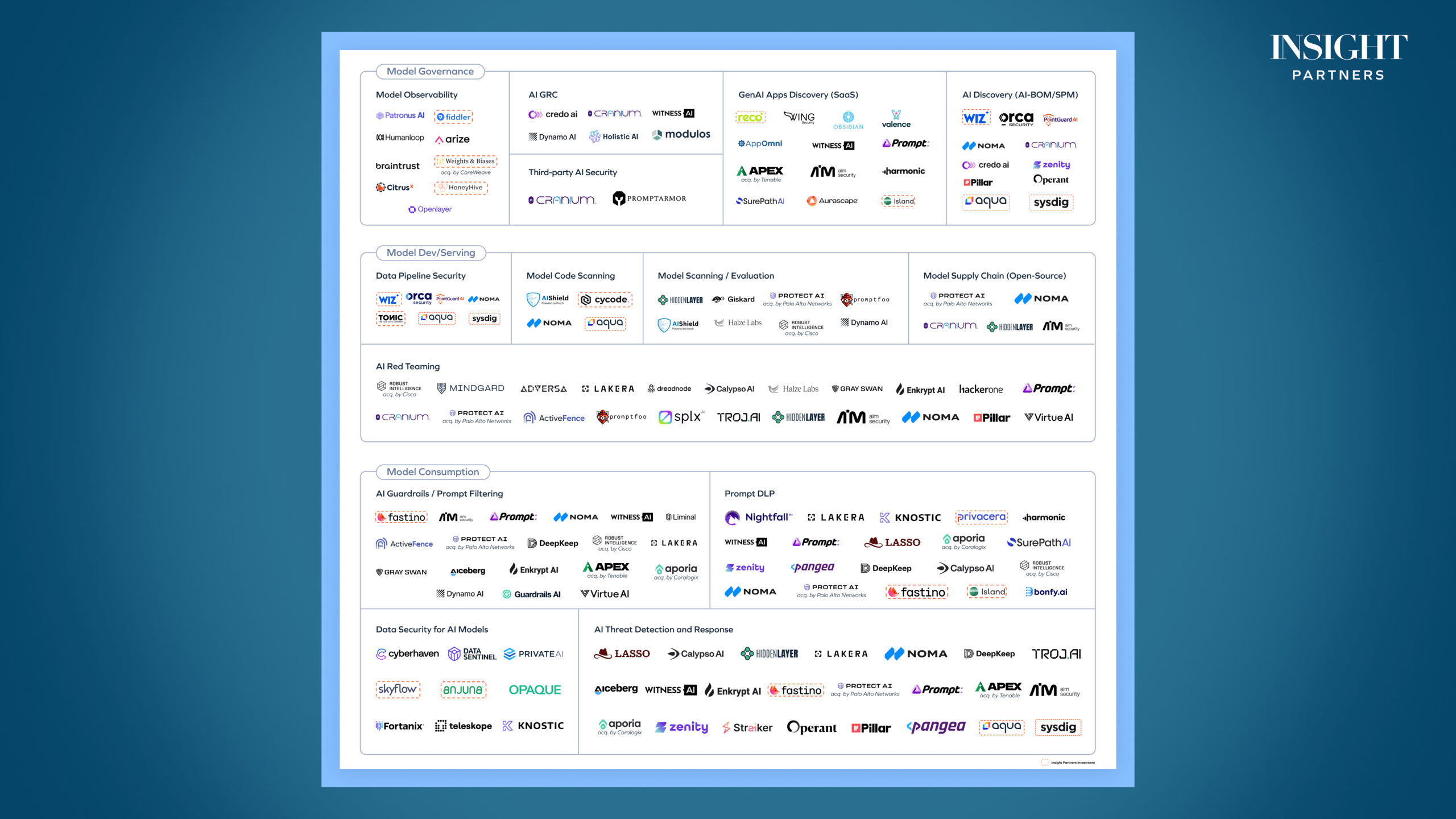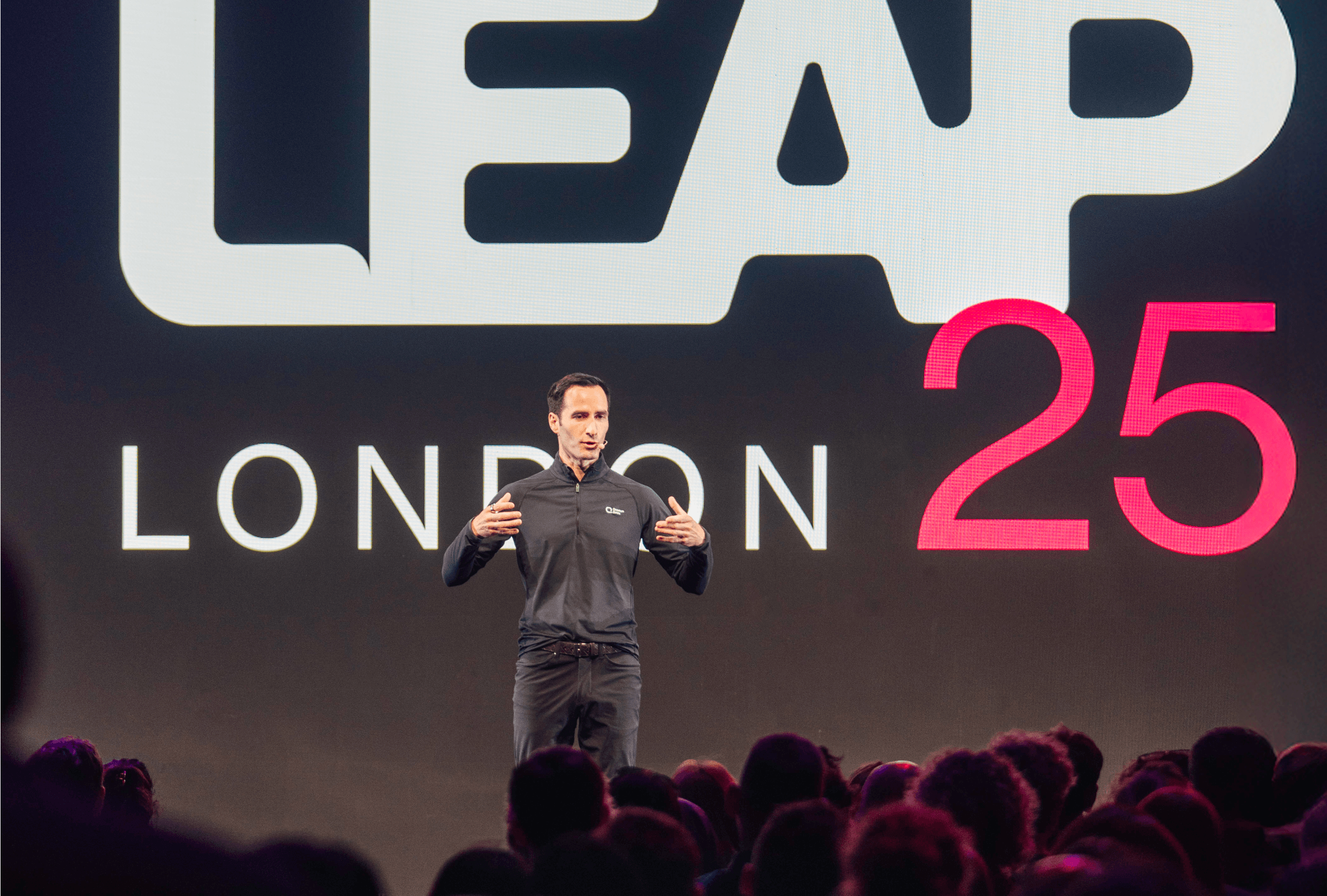How Krish Subramanian built global SaaS unicorn Chargebee out of India

In 2004, Krish Subramanian received a document that changed his life. His former classmate from Bharathidasan University, Rajaraman Santhanam, had created a business plan — one that started with instructions for “saving between 20% and 30% of your salary each month.”
“We had been talking about starting a company, but we needed to build a nest egg first,” says Subramanian. “Knowing that we were going to bootstrap our start-up, we became very frugal — saving every rupee that we could.”
Subramanian sat down with his wife and explained, “If I don’t give this a shot, I’ll regret it for the rest of my life.” She backed him 100%, he says, and the would-be founders began paring down their lifestyles.
“We made the little decisions that prove you’re in it for the long haul,” Subramanian says.
“Neither of us wanted to launch a start-up and then find ourselves in the situation where we had to make harder short-term decisions because we were running out of cash.”
A crash course in building software giants
Between 2001 and 2011, Santhanam had a front-row seat to the art of business building at Zoho, formerly AdventNet, which became a major technology success story to come out of India. Subramanian’s first job was at MatexNet in 2002. That’s where I caught the start-up bug,” he says. He then spent seven years at TCS and a couple more at Cognizant Technology Solutions. He quickly rose through the ranks, learning to forge relationships with customers.
“We joke about it now, but we were both working for Indian companies targeting global markets — we still know next to nothing about Indian customers and everything about those in the U.S. and Europe,” says Subramanian.
During the “learning phase” as they call it, the founders recruited two more friends to the founding team: former college roommate Thiyagarajan Thiyagu and Santhanam’s mentor at Zoho, Saravanan KP, known as KPS.
Chargebee is born
It’s 2011, and the four software engineers quit their jobs to create a global tech company. There’s only one small problem: They still have no idea what kind of business they are going to launch. Subramanian admits this was an unusual approach: “I didn’t care which problem we chose as long as we created a business that could scale,” he says. “KPS and Rajaraman came up with three ideas, and I agreed to pick one.”
The founders decided to focus on billing, “because everyone needs to get paid,” says Subramanian with a chuckle. The founders saw the rise of the subscription economy and saw the opportunity to reduce complexity for companies entering the space — especially the start-ups and smaller firms, which didn’t have the resources to build their own billing engines.
“In hindsight,” he adds, “we never should have started a business without doing any customer research or addressable market analysis. We were very naïve, but luckily, we managed to draw on our collective experience to connect the right dots.”
In May 2011, Chargebee was born in a small apartment in Chennai.
“We were in Chennai, India, not in Silicon Valley”
For a company like this to grow, it must find fast-growth, ambitious customers. “But we had a problem,” says Subramanian.
“We were in Chennai, India, not in Silicon Valley.”
What do you do when you can’t wander into a local coffee shop and have a conversation that turns into a sales lead? “Inbound marketing,” says Subramanian. “Our secret has always been inbound marketing.”
He became a content expert, absorbing literature on everything from human psychology to the B2B buying funnel.
“I drank from the firehose,” he jokes, “I looked at all the problems that our prospective customers were facing all over the world and found ways to make their lives easier.”
Half of Chargebee’s revenues came from North America from the outset: “When you don’t have a local market, it forces you to go global from day one,” says Subramanian.
Crucially, Chargebee didn’t solely focus on the U.S. but on Europe and further afield too.
“Later on, when the European Union went through a period of intense regulatory change, with new VAT rules and the introduction of GDPR, we were already in those markets, and we removed complexity for customers in those regions, becoming part of their solution.”
Overcoming growing pains
After a year and half, they had burned through nearly all their start-up capital.
This was a tough time for the fledgling founders. Luckily, Subramanian’s former boss at Cognizant had given him some sage advice: “He told me to stick it out for three years,” he reveals. “He believed that I was smart enough to figure out a way to make the business work if I gave myself 36 months.”
“So, I persuaded my wife to sell an apartment that we were renting out,” he continues. “We used the money as a cushion to keep us going another year. I told her that if the business didn’t work out, I’d get a job and save up enough to buy it back in five or 10 years and she agreed.
It was the right call: The team finally started getting the momentum they had been working for.
“We built a multi-product journey based around customer problems,” says Subramanian. “Everyone wants recurring revenue. We removed the complexity around collecting recurring revenue, and that was our big market differentiator.”
In 2013, the company hit a turning point and won its first customers in the United Kingdom and the United States. Subramanian says these “lighthouse customers” were the making of Chargebee.
They helped Subramanian settle on a freemium model — the model that still exists today. These customers’ feedback and faith in the company provided market validation but also accelerated the journey to product-market fit.
“Lighthouse customers bring in your first revenue and can serve as influencers, earning you credibility and helping you attract more customers.”
The challenge with a blue ocean
Chargebee was a pioneer in a nascent market. In the world of venture capital, this is known as “blue ocean.”. However, the start-up was still embattled: CFOs and company leaders were asking themselves, ‘Do we pay Chargebee for this tech, or do we build it ourselves?’.
The onus was on Chargebee’s founders to make their solution so alluring that it was a no-brainer to go with ‘buy’ over ‘build.’ This meant the founders had to raise capital from investors who understood how to scale fast.
After raising $1.17M in Seed and Series A rounds in 2014, Vinny Pujji, formerly at Insight Partners, now managing partner of Left Lane Capital, met Subramanian at SaaStr in San Francisco. “Vinny turned up at our booth and asked a bunch of insightful questions — we stayed in touch.”
Well before Pujji led an investment into Chargebee, he started looking for ways to add value. “Insight hadn’t made an investment in an Indian SaaS before,” reveals Subramanian. “There were very few mature investors operating here at that time, but I saw other SaaS companies within the Insight portfolio boasting phenomenal growth.”
Scale up your career: See all open roles at Chargebee on the Insight Partners job board.
The investor POV
“Empathy and authentic love for the customer — these are the entrepreneurial traits that really make Krish stand out.”

AJ Malhotra was asked to come on board in 2019, when Pujji left Insight to start his own firm. A board meeting in early 2020 was meant to be the first time he would meet the Chargebee team, but it was cancelled, and then the pandemic hit. “It took us three years to meet in person, so we’ve gotten really good at staying in touch over the phone.”
Malhotra wasn’t sure what to expect when he took the seat on Chargebee’s board. “The subscriptions market was big then, but we had no idea how huge it would get,” he says.
“Market size is the one thing you cannot change, no matter how hard you try.”
Chargebee had all the other markers for success, however: a strong and enthusiastic leadership team, proven product-market fit, and a long-term growth strategy that was both ambitious and achievable.
“Empathy and authentic love for the customer — these are the entrepreneurial traits that really make Krish stand out,” says Malhotra.
Fast fundraising points to demand
Insight has been Chargebee’s partner through a quickfire series of fundraising rounds in recent years. It led a $55M round in 2020, then participated again in a round of $125M co-led by Sapphire Ventures and Tiger Global, and then again in a $250M Series H round led by Peak XV Partners and Tiger Global in 2022.
According to Malhotra, the pace of fundraising is reflective of opportunity and demand. Subscription businesses have grown a staggering 3.7 times faster than the S&P 500 over the past decade, and the subscription economy is forecast to be worth $1.5T by 2025
Nevertheless, the tremors that rippled through the tech industry in 2022 impacted Chargebee. The organization had to lay off 10% of its staff. “A reset happened for everyone in our industry that year,” says Subramanian.
Malhotra says that Subramanian was quick to let him know trouble was coming.
“He’s a great communicator, and that allows us, as a board, to focus on the future. The headlines were dominated by firings and fire sales, but it’s my job to focus on problem-solving and keeping everyone on an even keel.” At the end of 2023, Chargebee was cash-flow positive, serving
more enterprise companies like Bloomberg, Pret-a-Manger, and Freshworks. Chargebee also began working with other high-growth companies like DeepL, ProtonMail, and several Insight portfolio companies.
A partnership for the long run
The best investors trust leadership teams to row their own boat. “My job is to be at the end of the phone if Krish needs me as a sounding board or to help solve a problem,” explains Malhotra.
Malhotra helped appoint Chargebee’s CFO, Mike Beach, who brings extensive experience in both SaaS and the public markets.
“Org structure and design. That was one of the areas where Insight really helped me,” says Subramanian. “They said, ‘Where do you want to be in two years? And do you have the right organizational structure to make that happen?’”
The leaders were bogged down in day-to-day decision-making, he admits — something had to change.
“With Insight’s help, we created a layer of management to take care of the month so we could focus on quarters, then we let go of quarters to look at the year, and now we have a multi-year outlook,” explains Subramanian. “We did that while still doubling the business each year, which is not an easy thing.”
Insight encouraged Chargebee’s leaders to analyze their business to work out who their best customers were — not the loudest, but the best. Subramanian notes: “We were encouraged to build products for the best customers, not just the ones who made the most noise.”
“We were encouraged to build products for the best customers, not just the ones who made the most noise.”
“We have so much left to build”
In the world of subscriptions, change is coming. Subramanian foresees lots of consolidation in the market and increased competition. “We still have so much left to build,” he says. “We have already built three internal products, and there are some exciting new ideas on the roadmap.”
Subramanian and Santhanam, having spent several years earning just $600 a month, have now raised their salaries. Having promised his wife that she wouldn’t regret the sale of their apartment to raise start-up capital, he has now made good on his promise, buying their home without any debt.
What is on Chargebee’s horizon? “There is space for us to build a long-term company.” Given that the company is already 13 years old — an old-timer in the tech world — this seems a safe bet.
“We will keep moving gracefully forward with our customers,” he says.










